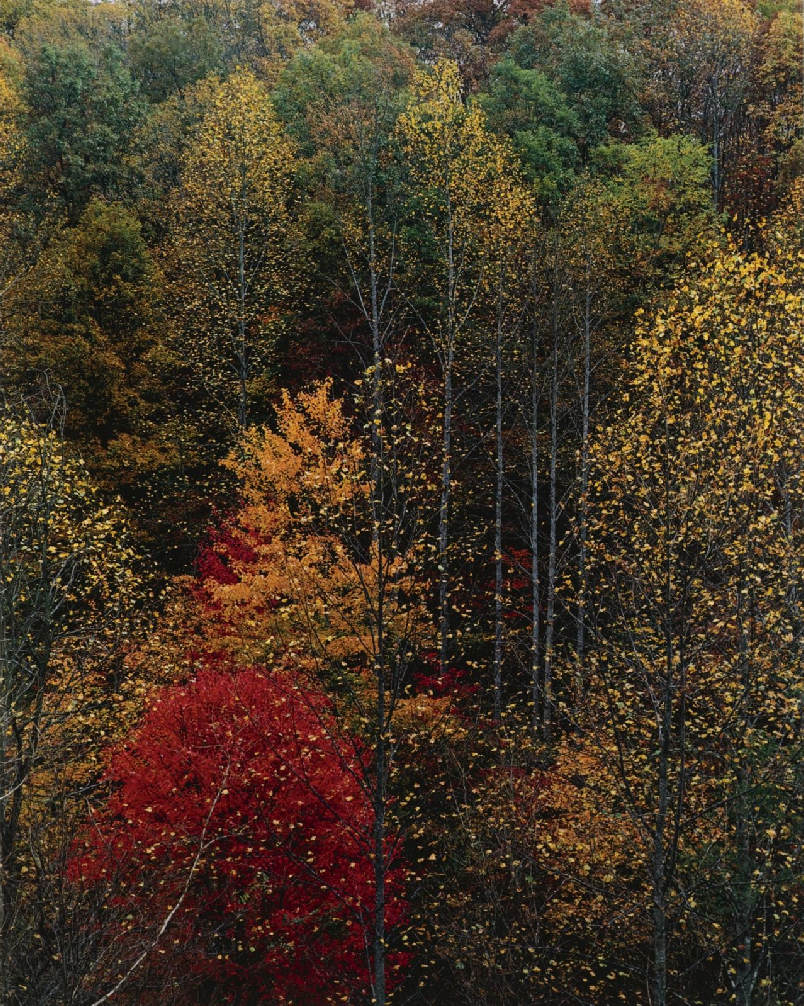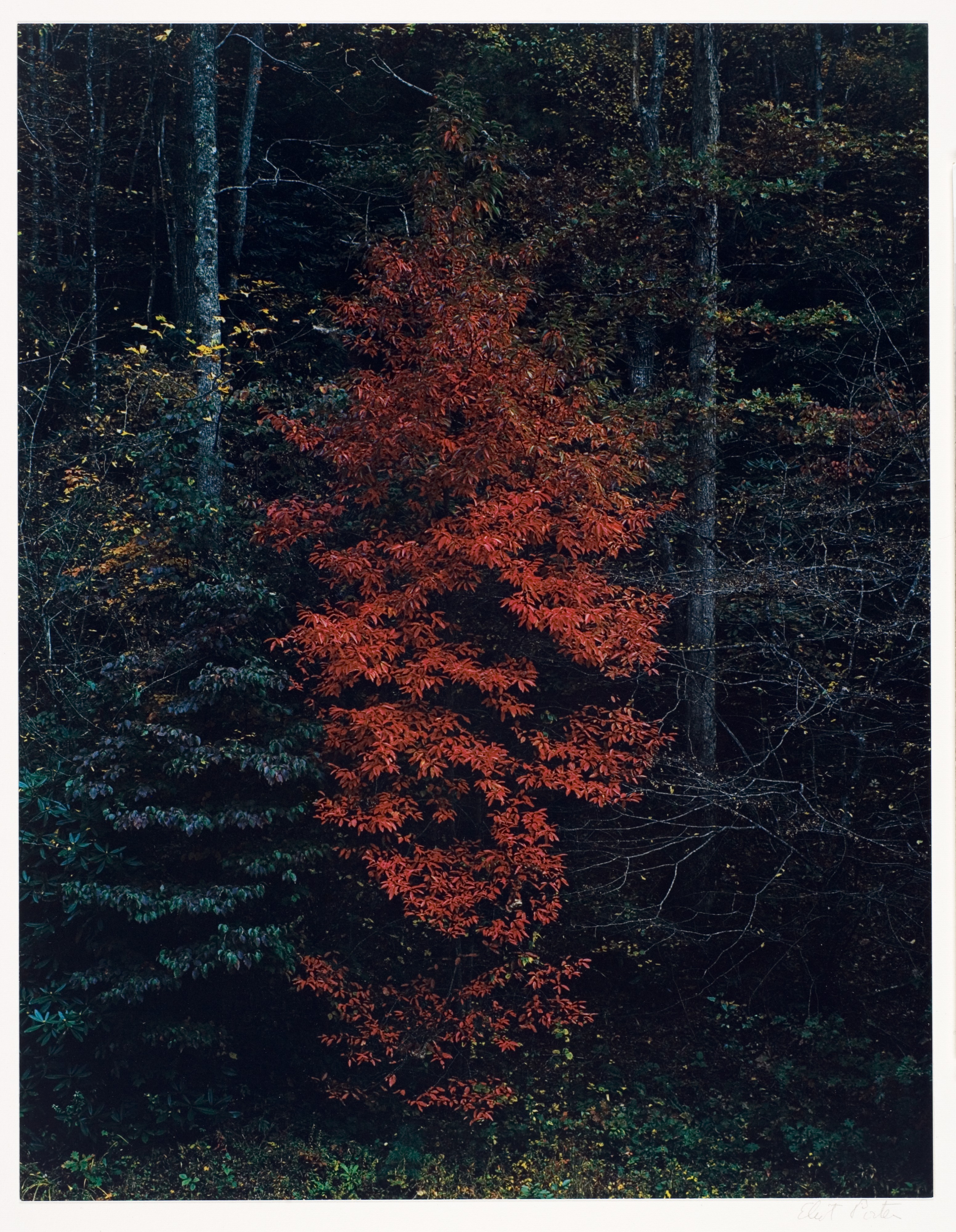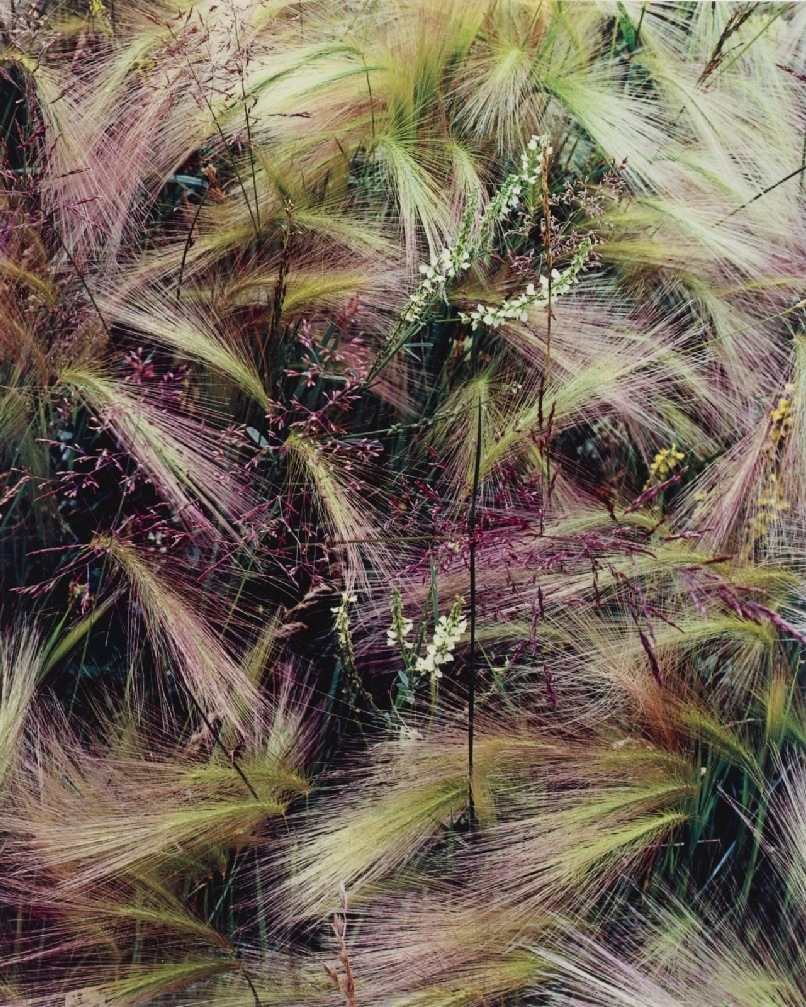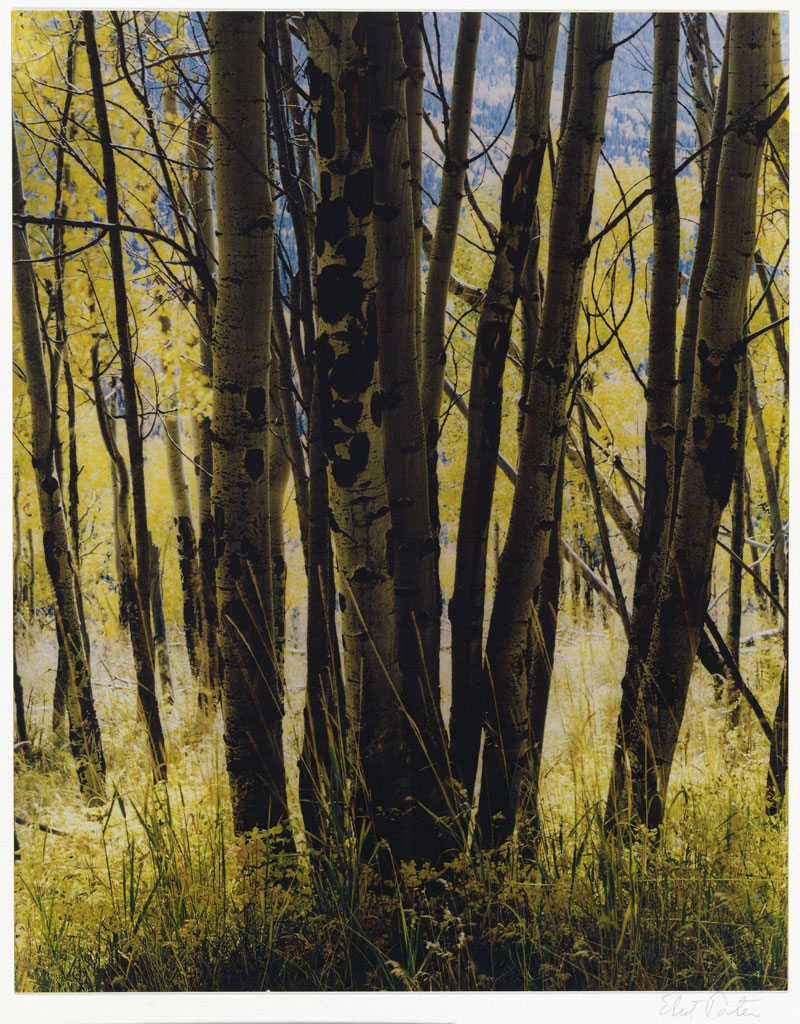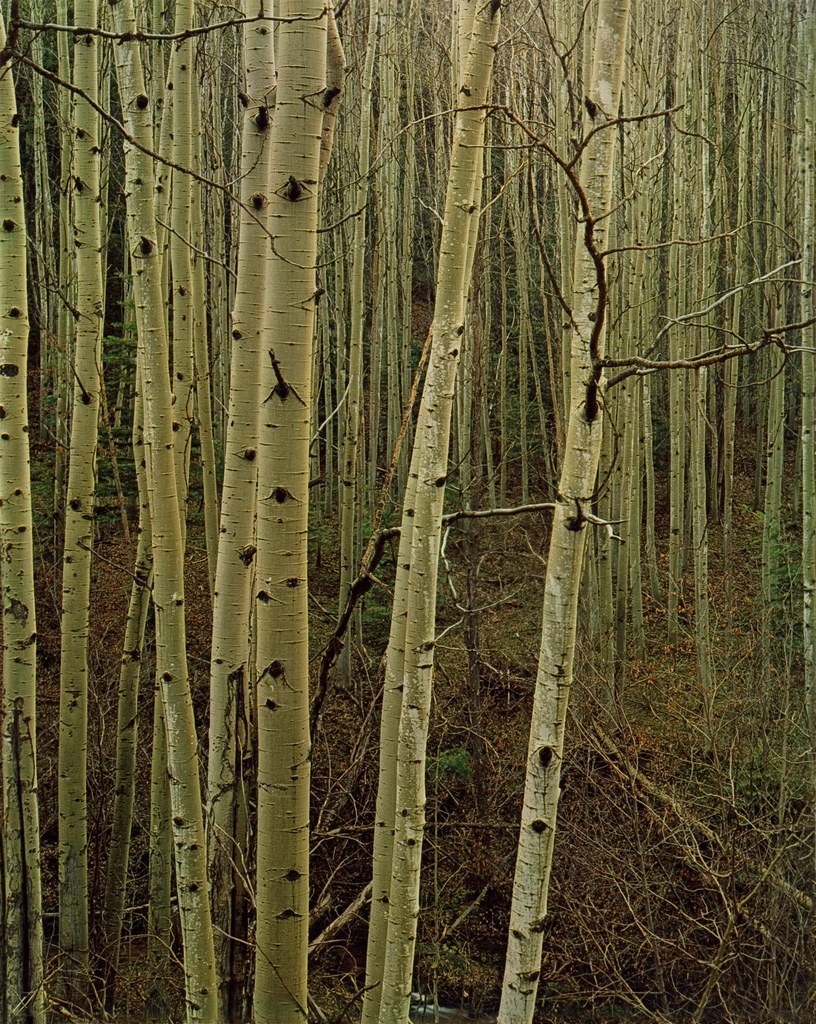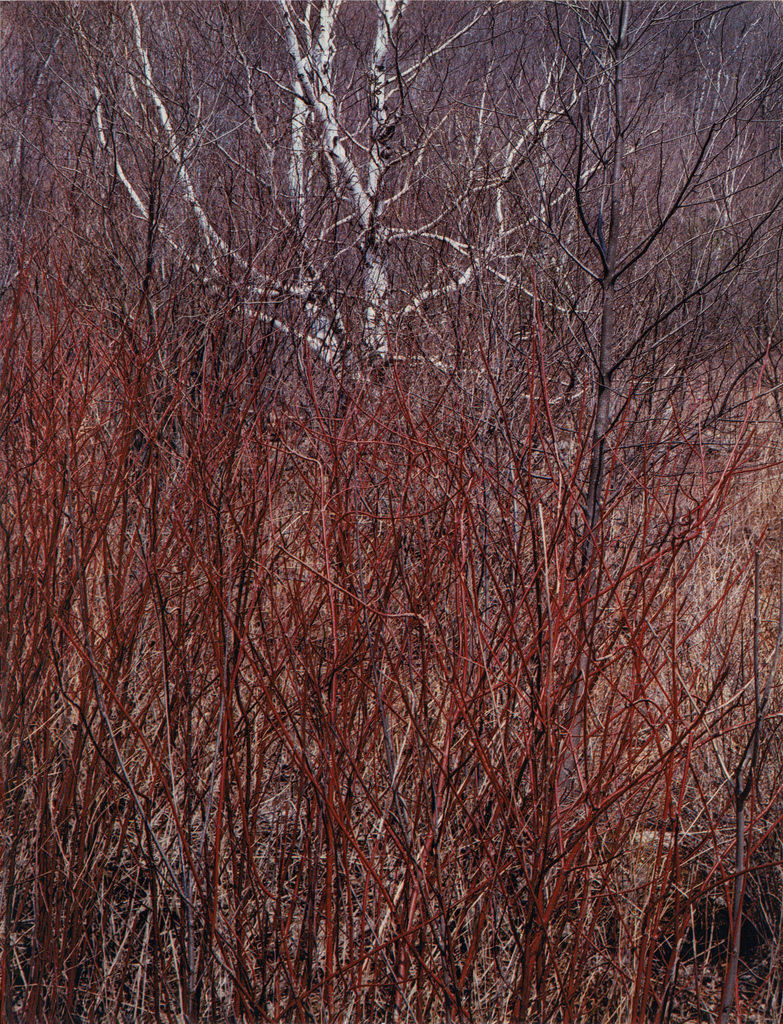As we enter another season of brilliant colors, I wanted to introduce, or even re-introduce, a master photographer that I have always admired and drawn inspiration from, Eliot Porter. Eliot porter pioneered the acceptance of color photography as an artistic medium. He was a great supporter of environmentalism and the protection of it. Eliot Porter is the Ansel Adams of color photography.
Eliot Porter began his photographic career after receiving an M.D. degree and teaching biochemistry and biology at Harvard University. Since his youth, Porter had a passion for nature, especially bird life, and at the age of 29 bought his first camera and began photographing. He was introduced to Alfred Stieglitz, who in 1938, gave Porter a solo exhibition of his black and white photographs at An American Place in New York. A year later he resigned from teaching to pursue a full-time career as a photographic artist.
Eliot Porter is well known for his pioneering efforts and acceptance of color photography as an artistic medium. Beginning in the early 1940’s he began working with color processes. Until the 1960’s color photography was not considered an artistic medium. The photographers of the time such as, Alfred Stieglitz, Ansel Adams, and Edward Western, who celebrated the unique graphic qualities of photography, viewed the inclusion of color as a corruption of the medium.
Color photography was often associated with ‘splashy’ commercial photography, color films of the times did not offer the same control as black and white, the colors from batches and rolls were not consistent, bright colors appeared unnaturally intense and unrealistic, prints and slides tended to fade in three to four years. But still with the limitations of the color technology, the resistance and criticisms from his colleagues, Porter continued to experiment and pursue his artistic vision.
The rich tonal and color range found in Eliot Porter’s work was achieved through the dye transfer process. The dye transfer process is a complex and labor-intensive color print process that allows precise control over image color. Each dye, cyan, magenta, and yellow, can are adjusted separately, intensifying one while not affecting the others. As a result, dye transfer prints provided excellent color saturation and unusual brilliance. With this complex ability to control the color print, his sensitive eye, passion for nature, and published works, Eliot Porter allowed color photography to be accepted as an artistic medium.
But Eliot Porter’s contribution to photography did not stop at colors acceptance. His impassioned, tranquil, and colorful impressions of nature served a political purpose as well. His work politically addressed environmentalism and the protection of it. Rebecca Solnit, an independent art historian, wrote of Porter’s work as “lyrical celebration of the timeless and nonhuman, that streams can be politically and philosophically persuasive because a love of nature can be inculcated through beauty, and that such can lead to political action.” Like Ansel Adams, Porter supported the Sierra Club, founded in California in 1892 to preserve the wilderness areas; his images were featured in Sierra Club publications.
Eliot Porter demonstrated in his work the same technical and aesthetic expertise, from capture to print, as his contemporary Ansel Adams. Like Adams every element placed in the image has importance and is rich in detail. Eliot Porter successfully balanced form and color so that neither over shadowed the other.
